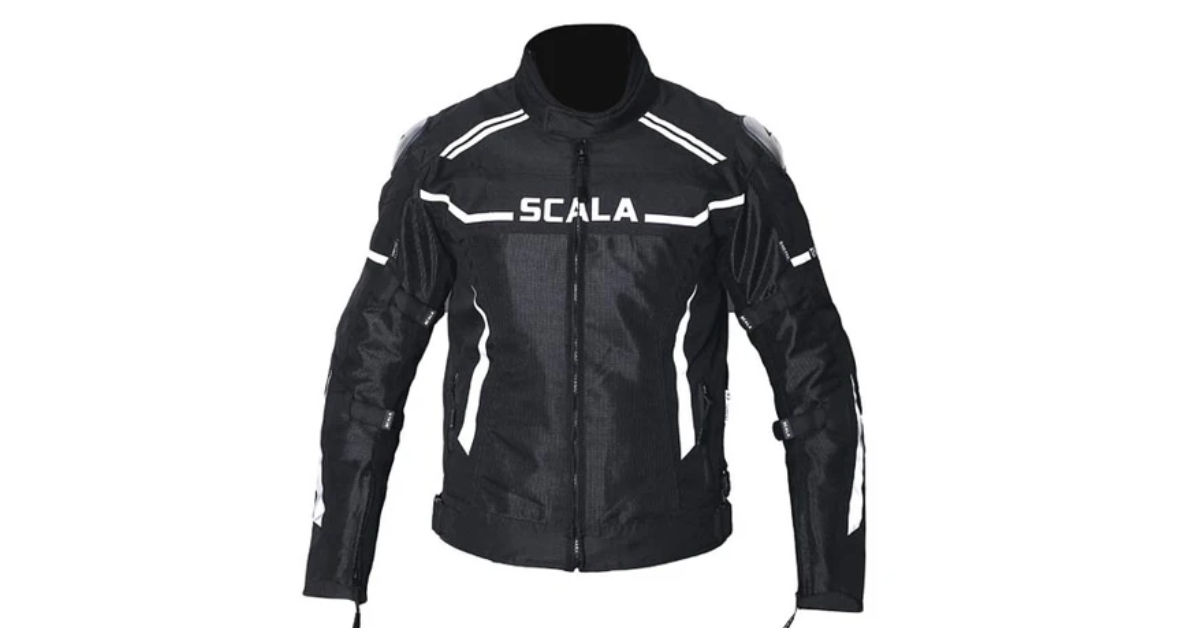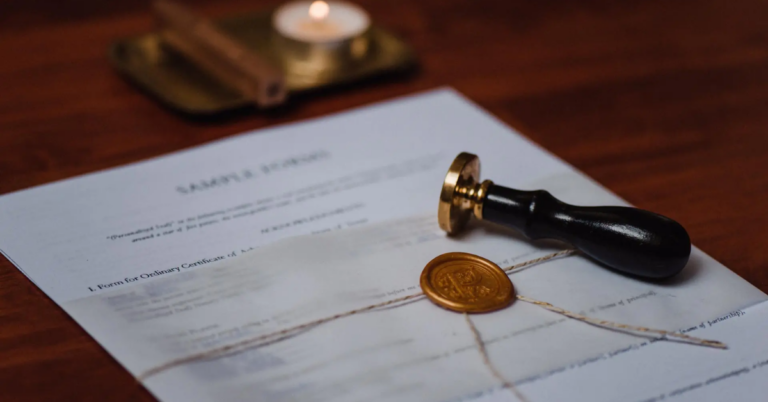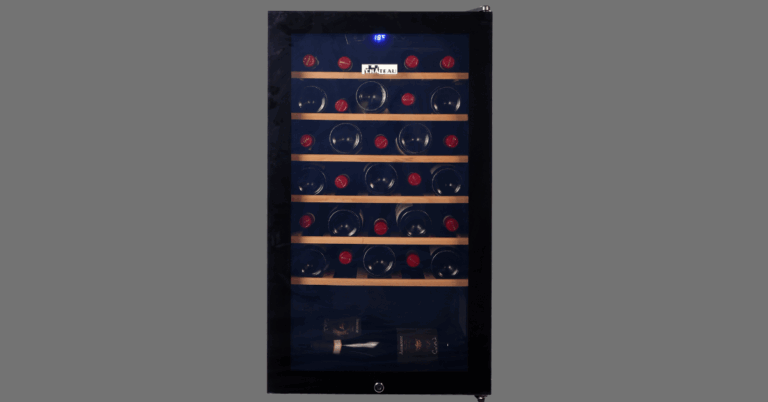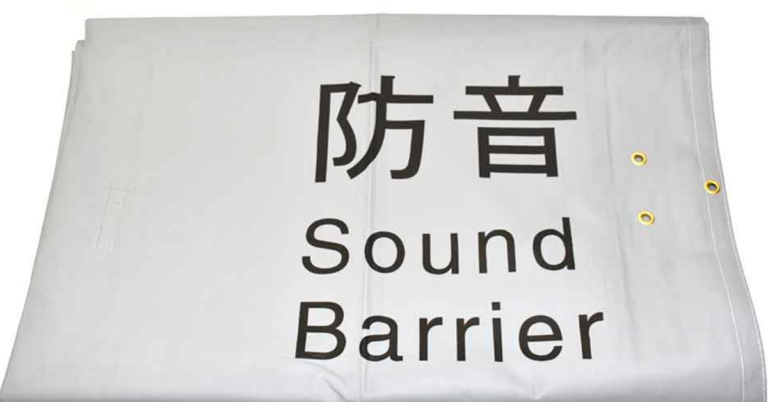Riding Jacket: Essential Gear for Every Rider
A Riding Jacket is an essential piece of gear for anyone who enjoys motorcycling. It’s not just about style — a well-designed riding jacket offers protection, comfort, and convenience, making every ride safer and more enjoyable. Whether you’re a daily commuter or an adventure rider, investing in a high-quality riding jacket can make a significant difference in your overall riding experience. From impact protection to weather resistance, a riding jacket serves multiple purposes, helping you stay safe and comfortable on the road.
Why a Riding Jacket is Important
Riding a motorcycle exposes you to various environmental factors and potential hazards. A riding jacket acts as a shield against these elements, offering several key benefits:
1. Protection from Injuries
One of the primary reasons to wear a riding jacket is for protection. Motorcycle jackets are designed with reinforced padding and armor in critical areas like the shoulders, elbows, and back. These protective elements help absorb impact and reduce the risk of injury in case of a fall or collision.
2. Weather Protection
A good riding jacket helps protect you from harsh weather conditions. It acts as a barrier against wind, rain, and extreme temperatures, keeping you comfortable during your ride. Some jackets come with removable liners, making them suitable for both hot and cold weather.
3. Enhanced Visibility
Many riding jackets feature reflective strips or high-visibility colors to improve visibility during low-light conditions. This increases your chances of being seen by other motorists, reducing the risk of accidents.
4. Comfort and Mobility
Modern riding jackets are designed to provide comfort and flexibility. Adjustable straps, ventilation systems, and stretch panels ensure that the jacket fits well and allows for natural movement while riding.
Types of Riding Jackets
There are various types of riding jackets available, each designed to suit different riding styles and conditions. Understanding the differences can help you choose the right jacket for your needs.
1. Touring Jackets
Touring jackets are designed for long-distance rides. They are typically made from durable, weather-resistant materials and feature multiple pockets for storage. Touring jackets often come with removable thermal liners and ventilation panels to adapt to different weather conditions.
2. Adventure Jackets
Adventure jackets are built for off-road and on-road use. They are made from tough, abrasion-resistant materials and feature advanced armor for added protection. These jackets usually have multiple ventilation points and storage compartments for convenience during long rides.
3. Sports Jackets
Sports jackets are designed for high-performance riding. They are lightweight, aerodynamic, and feature advanced impact protection. These jackets are often made from leather or high-performance synthetic materials to provide maximum abrasion resistance.
4. Cruiser Jackets
Cruiser jackets are more focused on style and comfort. They are usually made from leather and provide a relaxed fit. While they may not have as many technical features as sports or adventure jackets, they still offer decent protection and a classic look.
5. Mesh Jackets
Mesh jackets are designed for hot weather riding. They are made from lightweight, breathable mesh fabric that allows maximum airflow while still providing protection through integrated armor.
Key Features to Look for in a Riding Jacket
Choosing the right riding jacket involves more than just picking a style. Here are some key features to consider when making your choice:
1. Material
- Leather – Provides excellent abrasion resistance and a classic look. Ideal for sport and cruiser riders.
- Textile – Lightweight and versatile, offering good weather resistance and comfort.
- Mesh – Best for hot weather, offering maximum airflow while maintaining protection.
2. Armor and Padding
Look for jackets with CE-certified armor at the shoulders, elbows, and back. Some jackets also allow you to upgrade or replace the armor for better protection.
3. Ventilation
Proper ventilation is essential for comfort, especially in Singapore’s hot and humid climate. Look for jackets with zippered vents and breathable mesh panels.
4. Fit and Adjustability
A snug but comfortable fit ensures that the armor stays in place during a crash. Adjustable waist straps, cuffs, and collar closures help customize the fit.
5. Weatherproofing
For all-weather riding, look for jackets with waterproof and windproof membranes. Removable thermal liners are a plus for adjusting to different weather conditions.
6. Pockets and Storage
Multiple pockets, both internal and external, add convenience by providing storage for essential items like keys, phone, and wallet.
How to Care for Your Riding Jacket
Taking care of your riding jacket extends its lifespan and ensures it remains effective in protecting you.
- Leather Jackets – Clean with a damp cloth and use a leather conditioner to maintain flexibility and prevent cracking.
- Textile Jackets – Machine wash on a gentle cycle or hand wash. Remove any armor before washing.
- Mesh Jackets – Clean with mild detergent and avoid high heat during drying to prevent damage to the mesh fabric.
- Zippers and Fasteners – Keep them clean and lubricated to prevent sticking or damage.
Common Mistakes to Avoid When Choosing a Riding Jacket
- Ignoring Fit – A poorly fitted jacket reduces protection and comfort.
- Choosing Style Over Safety – While a stylish jacket looks good, protection should always be the top priority.
- Skipping Ventilation – In hot climates, poor ventilation can make rides uncomfortable and increase fatigue.
- Neglecting Armor Quality – Ensure that the jacket has high-quality, CE-certified armor for reliable protection.
Frequently Asked Questions (FAQs)
Q1. How tight should a riding jacket fit?
A riding jacket should fit snugly but not restrict movement. The armor should stay in place, and you should be able to comfortably reach the handlebars without feeling pressure on your shoulders or chest.
Q2. Is a leather or textile jacket better for riding?
Leather offers better abrasion resistance and a classic look, making it ideal for sport and cruiser riders. Textile jackets are more versatile, lighter, and often more comfortable in hot weather.
Q3. Can I wear a riding jacket in hot weather?
Yes. Mesh jackets or jackets with ventilation panels are designed for hot weather. They allow airflow while maintaining protection.
Q4. How do I know if the armor in my jacket is good quality?
Look for CE-certified armor, which meets European safety standards. High-quality armor should be flexible yet able to absorb impact effectively.
Q5. How often should I replace my riding jacket?
If your jacket has been involved in a crash or shows signs of wear and tear (e.g., broken zippers, frayed stitching), it’s time to replace it. Even high-quality jackets have a lifespan of around 5–7 years with regular use.
Conclusion
A riding jacket is a vital piece of safety gear that combines protection, comfort, and style. Whether you’re riding through city streets or exploring open roads, the right jacket enhances your safety and riding experience. By understanding the different types of jackets and key features to look for, you can make an informed decision and invest in a jacket that suits your riding style and needs.







